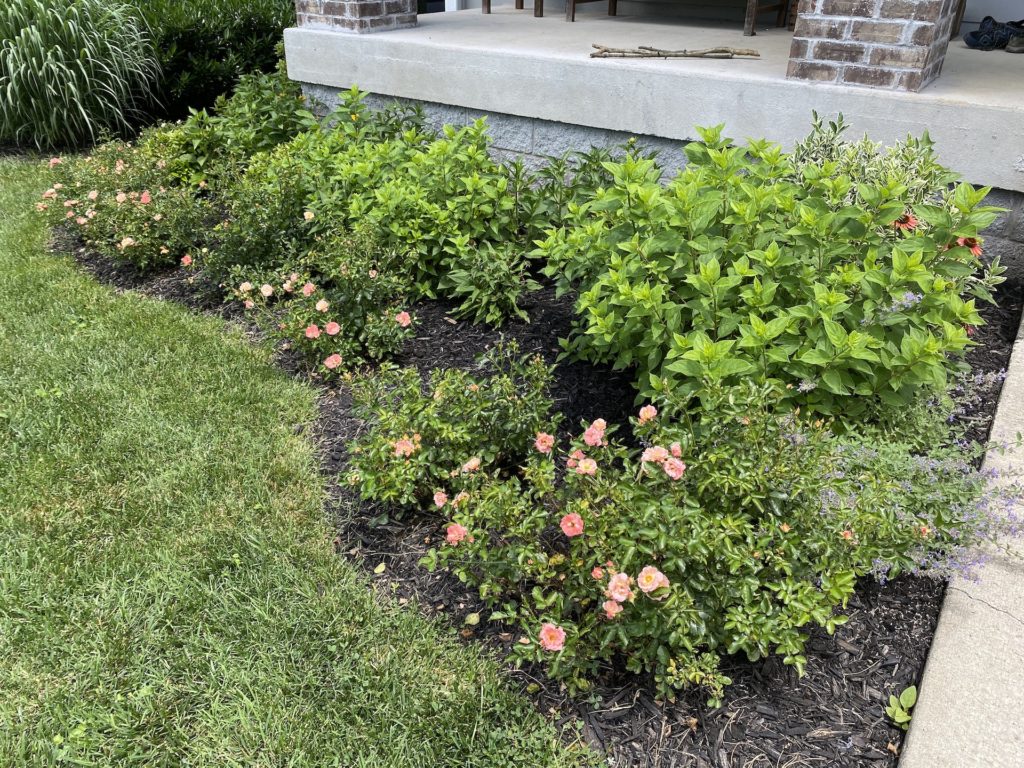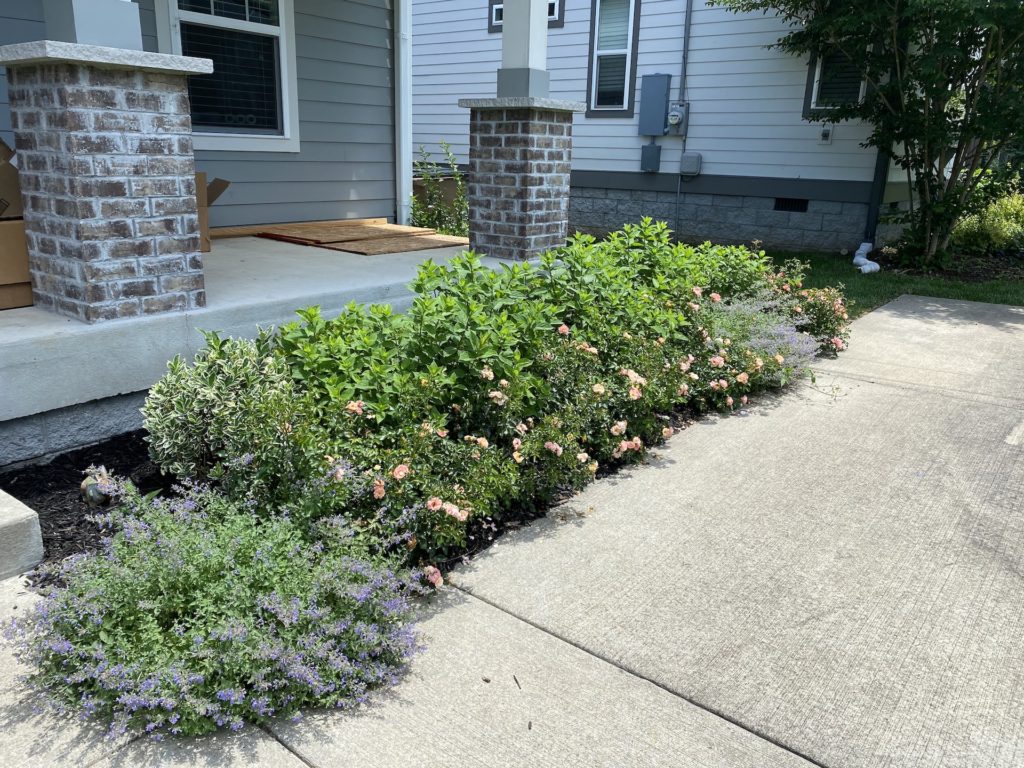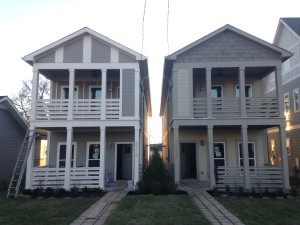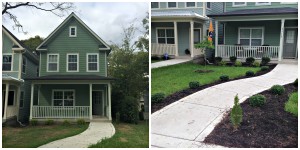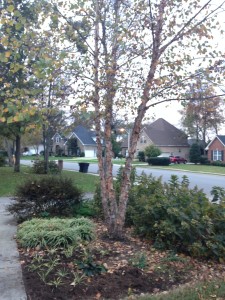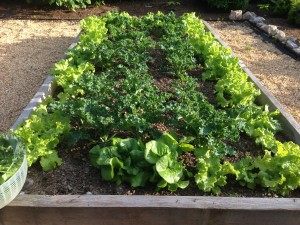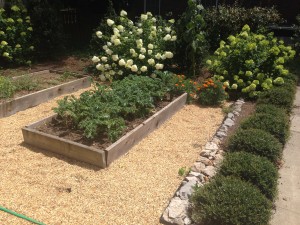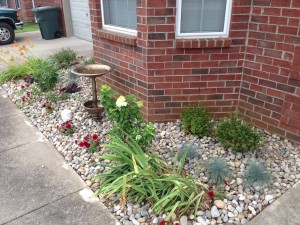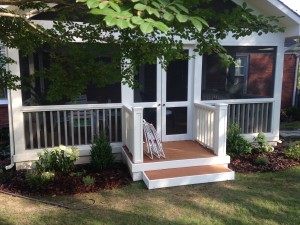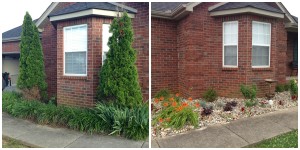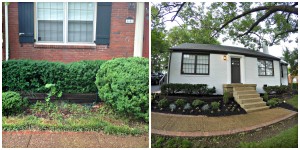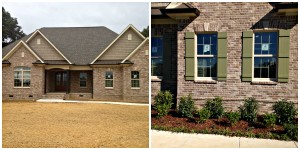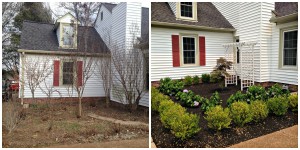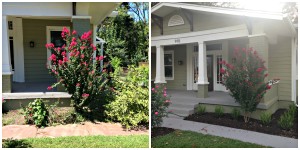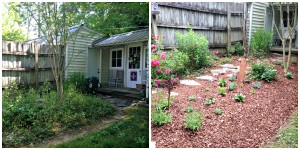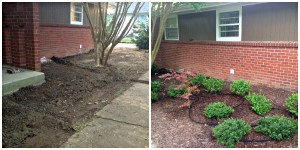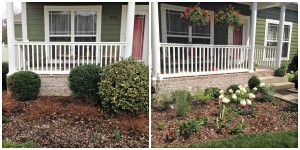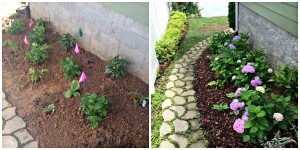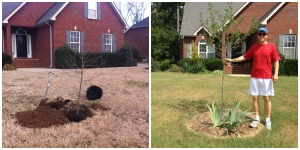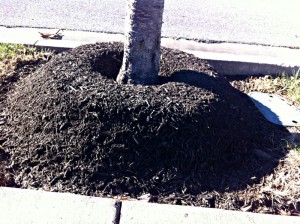Wow! Has it really been four years since I helped design and install this border? Because of the craftsman style home and low front porch I chose short plants. Carissa Holly is the foundation plant ( I know it’s hard to see now but in the winter time it’s all that remains because it’s an evergreen shrub). It only gets a few feet tall and grows slowly. In the center row is little lime hydrangea. I’ve learned you can space out this plant more so I would use less plants now if I started over. In front of the hydrangeas are pink drift roses. Drift roses are superior to knockout roses. In the corner of one bed I added Walker’s Low catmint. Remember you can sell extra plants on Facebook Marketplace now!
